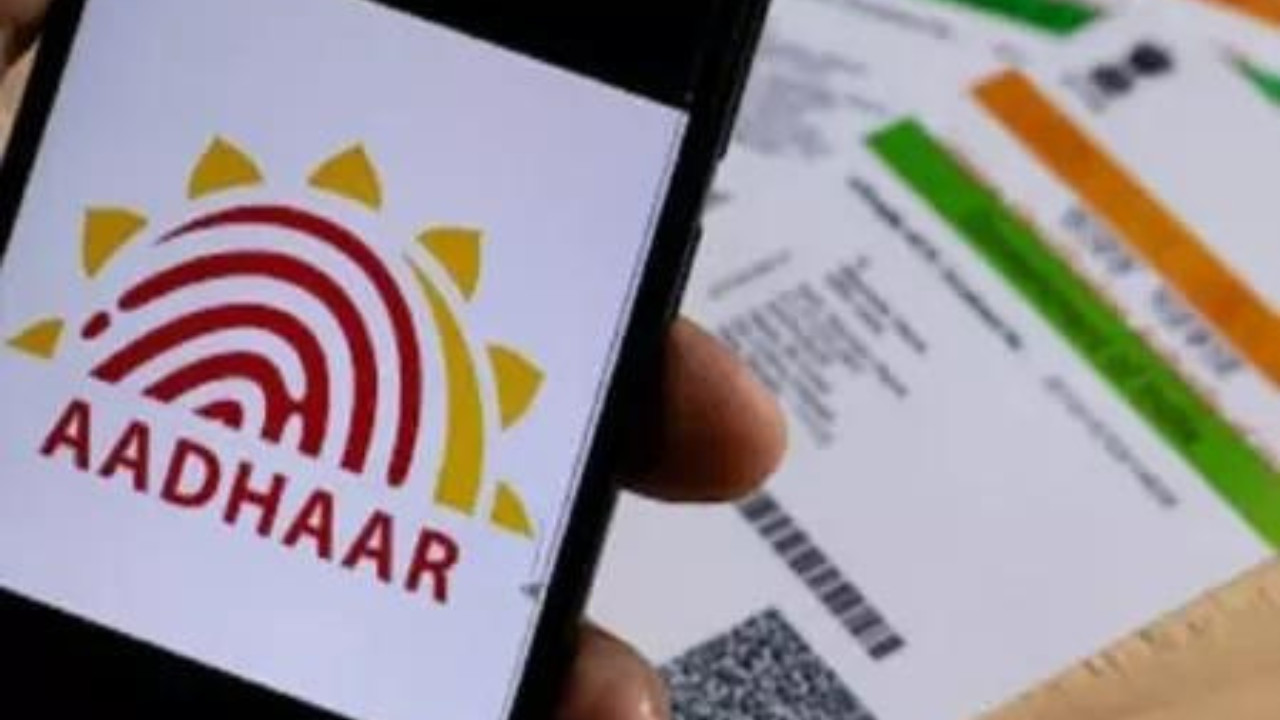India’s drug regulator is addressing consumer concerns about illegible expiry dates and glossy packaging on medicines by forming a sub-committee. This panel will revamp labeling norms, explore regulations for packaging suppliers, and assess the feasibility of voice-assisted QR codes and braille cards. The aim is to enhance accessibility, improve transparency, and ensure patient safety in drug packaging.
Decoding Your Medicine Cabinet: Are Confusing Drug Labels a Health Risk?
Ever squinted at a medicine bottle, struggling to decipher the tiny, faded print? You’re not alone. The government is taking a hard look at drug packaging and labeling, and it’s about time. This isn’t just about aesthetics; it’s about patient safety. Imagine mistaking the dosage or, worse, taking expired medication simply because you couldn’t read the expiration date. The consequences can be serious.
Think about it: medication labels are often crammed with information in minuscule fonts, making it a challenge for anyone, especially the elderly or those with visual impairments, to navigate. The current system needs a serious upgrade, and a government panel is stepping up to the plate to deliver just that.
The Problem with Current Drug Labeling
The core issue boils down to readability and clarity. Vital information, such as the expiry date, dosage instructions, and potential side effects, is often obscured by poor design and inadequate printing. This forces people to guess, make dangerous assumptions, or even forgo taking their medication altogether. Furthermore, variations in packaging across different manufacturers compound the problem, creating a chaotic landscape for consumers.
This isn’t a new concern. Patient advocacy groups have been raising alarms for years, highlighting instances where confusing labels have led to medication errors. These errors can range from mild discomfort to severe health complications, underscoring the urgency for reform. The current system simply isn’t cutting it, and a proactive overhaul is necessary to protect public health.
What Changes Can We Expect in the Drug Labeling Process?
The government panel is set to examine a wide range of potential reforms. These include standardizing font sizes, improving color contrast, and simplifying the language used on labels. The focus is on making information easily accessible and understandable to everyone, regardless of their literacy level or visual acuity.
One promising area of exploration is the use of scannable codes, such as QR codes, that link to detailed product information online. This would allow consumers to access comprehensive details about their medication, including potential interactions with other drugs and important safety warnings, directly from their smartphones.

Another potential change involves implementing stricter regulations on packaging materials. Many medications are packaged in blister packs that are difficult to open, particularly for individuals with arthritis or other mobility issues. The panel is exploring ways to make packaging more user-friendly without compromising the integrity of the medication. They may even consider adopting universal design principles, which aim to create products that are accessible to people of all abilities.
These changes aren’t just about making labels prettier; they’re about empowering patients to take control of their health and make informed decisions about their medication.
Why is This Review Happening Now?
The timing of this review reflects a growing recognition of the importance of patient-centered care. As healthcare becomes increasingly complex, it’s crucial to ensure that individuals have the tools and information they need to manage their own health effectively. Clear and concise drug labeling is a fundamental aspect of this effort.
Furthermore, advancements in technology have made it easier and more affordable to implement innovative labeling solutions. From digital printing to scannable codes, there are numerous ways to improve the accessibility of medication information. The government panel is keen to leverage these technologies to create a more user-friendly system.
This initiative also aligns with global trends in healthcare. Many countries have already implemented stricter drug labeling regulations, demonstrating a growing international consensus on the need for improved patient safety. By modernizing its labeling standards, India can align itself with best practices and ensure that its citizens have access to the same level of information as their counterparts around the world.
Consider also the rise of generic drugs. Clear drug labeling is vital as various manufacturers produce the same medications. It’s paramount to quickly identify dosages and precautions, even if the brand names are different.
The Road Ahead
The government panel’s review is a crucial step towards creating a safer and more patient-friendly healthcare system. By addressing the shortcomings of current drug labeling practices, the government can empower individuals to take control of their health and make informed decisions about their medication. The potential benefits are significant, ranging from reduced medication errors to improved adherence and better health outcomes.
The changes will likely be phased in over time, but the ultimate goal is clear: to create a system where vital information about medication is easily accessible and understandable to everyone. This will require collaboration between regulators, manufacturers, and patient advocacy groups, but the end result will be well worth the effort. It will quite literally improve the health outcomes of every single person who depends on prescribed and over-the-counter medication. To learn more about patient safety initiatives, read about the importance of proper medication disposal on our site.
In conclusion, clearer drug labeling isn’t just a nice-to-have; it’s a vital component of public health. By prioritizing readability and accessibility, we can create a system that empowers patients, reduces medication errors, and improves health outcomes for all. The upcoming changes represent a significant step in the right direction, and we look forward to seeing the positive impact they will have on the lives of countless individuals.






